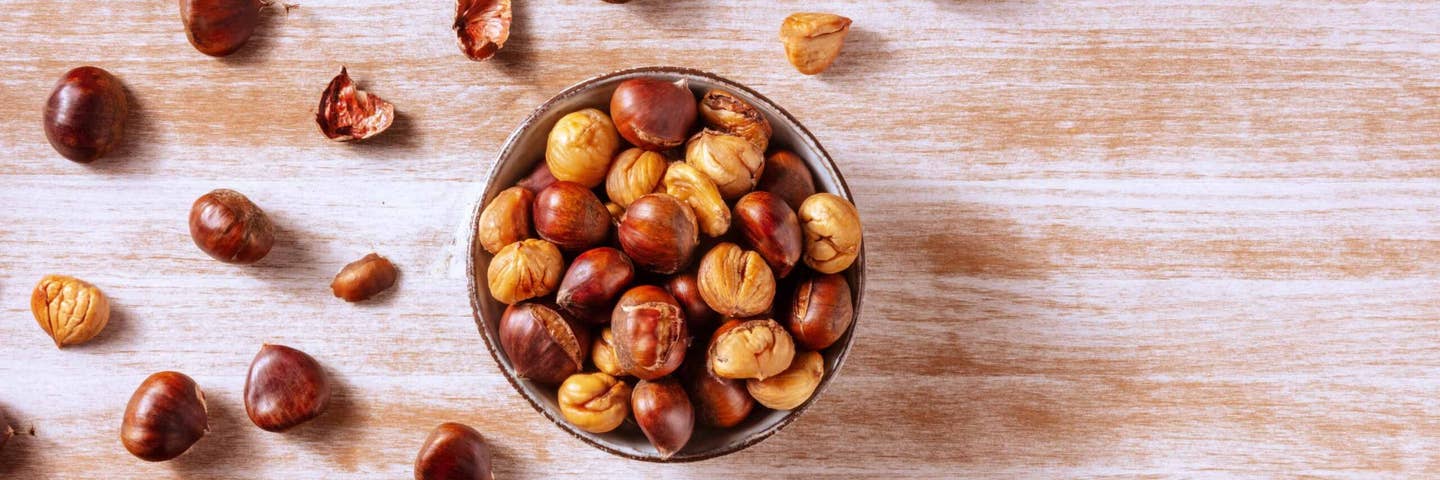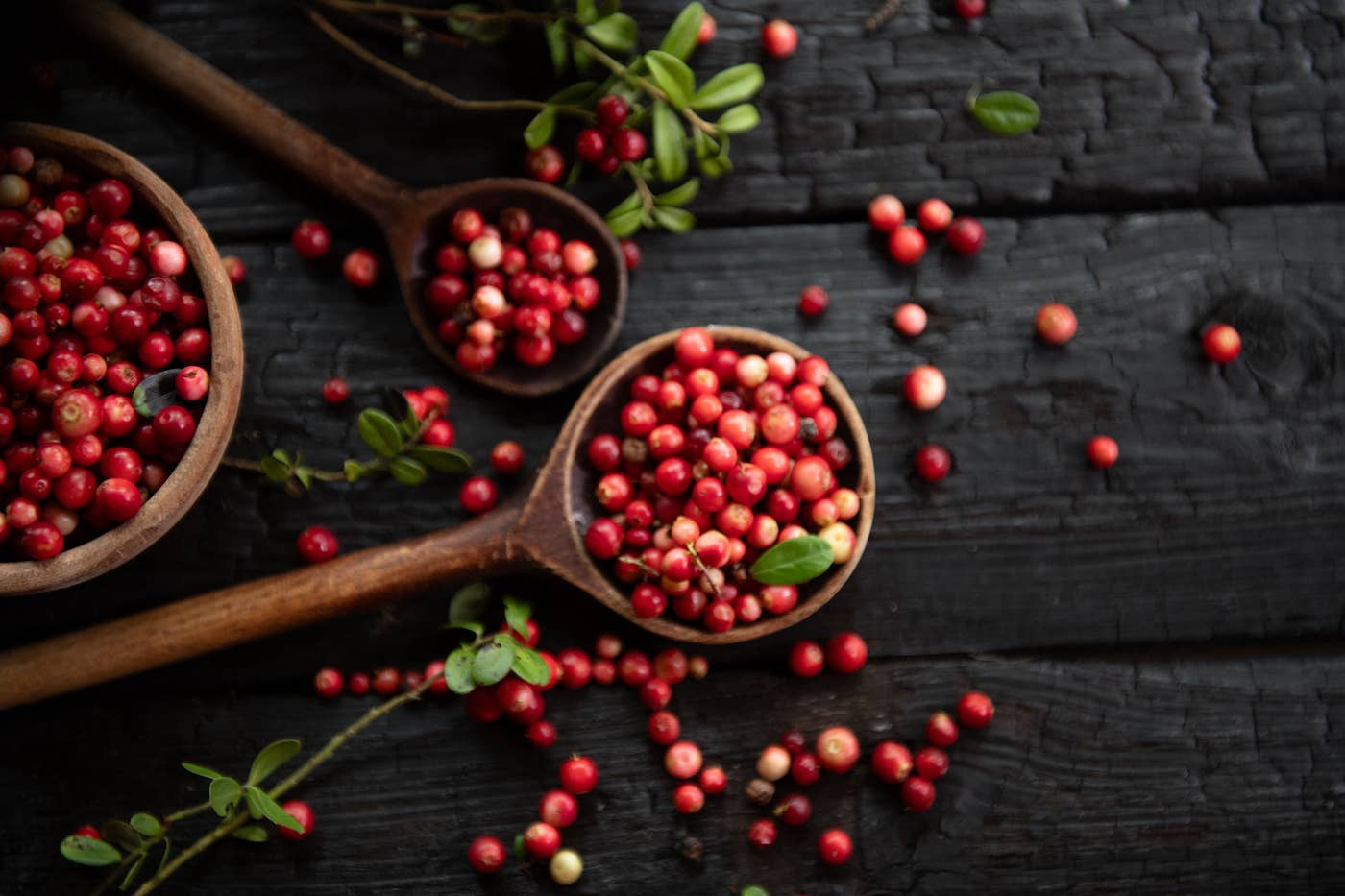By Dana Hudepohl,
Last Updated:When I started living a whole-food, plant-based lifestyle a few years back, I was shocked by the sheer volume of produce scraps I trashed as I carved melons, seeded bell peppers, and peeled butternut squash. Then, while I was visiting my best friend over the holidays, she told me she had recently started composting. My friend is the furthest thing from a green thumb, and seeing firsthand the ceramic pail she kept in her kitchen for food scraps made composting feel accessible. Inspired, I made it my New Year's Resolution to give composting a try. I was stunned a few weeks later when my family of four hadn’t even filled a trash bag to throw out on garbage day. Two years later, I can attest that composting is the perfect complement to a plant-based kitchen.
Why Compost? The Environmental Benefits
More than 40 percent of waste sent to landfills is compostable, according to EPA estimates. When you trash food scraps, paper products, and yard waste, nutrients that could be nourishing the soil instead sit in landfills. As this “garbage” decomposes without oxygen, it releases methane, trapping heat in the atmosphere. Composting doesn’t only mitigate climate change; it also replaces chemical fertilizers, prevents erosion, and bolsters crop quality.
Compost is even richer when it comes from a kitchen built around a diversity of plants. “Variety of nutrients is a big benefit to compost,” says Jessica Bombar, a master composter with the Solana Center for Environmental Innovation in Encinitas, California. According to CompostNow, our Atlanta collection service, in two years, my family has diverted 900 pounds of waste and 100 pounds of methane.
Ways to Compost
Whether you live in a city high-rise or grow your own garden, there's a composting option to fit your needs.
Easy Peasy: Collect and Donate Your Food Scraps
This is as simple as curbside garbage pickup. Some parts of the country, like Boulder, Colorado, and the San Francisco Bay Area, offer municipal composting services. In other areas, for a monthly fee, you can sign up for a private weekly service. (Find one in your area at Compost Now.)
Some locations have options to donate finished compost to a farm or to deliver it back to your doorstep. Many farmers markets, community gardens, and local farms also welcome your bucket of food scraps. Cara Mangini, chef and author of The Vegetable Butcher, suggests leaving a bowl on your counter so it’s accessible during meal prep. You can also use an empty cereal box (they’re compostable!) or a pail lined with a compostable bag. Once It's full, empty it into your collection bin. “It is so easy,” says Mangini, who’s also aboard advisor for Kids That Compost, a collective that facilitates curbside pickup throughout central Ohio and plans to expand to seven states in 2021.
Medium Effort: Make Your Own Compost
Take food scrap collection one step further and compost at home. One of the most economical and kid-friendly methods (if you don't mind the yuck factor) is a worm bin. You’ll need red wiggler worms and a covered pail with holes that you can leave under your sink, outside on a balcony or patio, or in your garage. Throw in pieces of moistened napkin, newspaper, or paper towel roll (aka “browns”) with your food scraps, and the worms will do the rest of the work.
Not into crawlers? Head to gardening stores for composting tumblers, such as the well-rated FCMP Outdoor IM4000 Tumbling Composter. Keep it outside and give it a spin every few days, as aeration is vital to decomposition.
Dirty Work: Create an Outdoor Operation
Traditional backyard composting is inexpensive but requires more space and maintenance. You can buy a bin, request one from your waste service provider, or build your own. It’s a great option for those with grass trimmings, leaves, pine straw, and twigs to throw into the mix. Find a dry, shaded area of your yard where the bin can drain directly into the soil, allowing bacteria, fungi, and worms to enter the pile and play their part as nature's decomposers. Some TLC is required: It’s important to layer the right ratio of browns to food scraps, turn weekly with a pitchfork, add moisture, and keep it covered to deter pests. Don't worry though: There are lots of online how-tos to help you troubleshoot, and you may just find garden gloves feel like such a natural fit that you're inspired to plant your own garden this spring!
To learn more about a whole-food, plant-based diet, visit our Plant-Based Primer. For meal-planning support, check out Forks Meal Planner, FOK’s easy weekly meal-planning tool to keep you on a healthy plant-based path.
Related News
Try Our Top-RatedMeal Planner Free

Forks Meal Planner takes the hard work out of making nutritious meals the whole family will enjoy.
SAVE $200 ON OUR ULTIMATE COURSE

Join our best-selling course at a new lower price!





